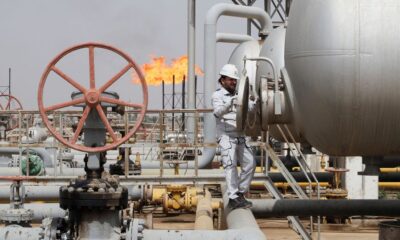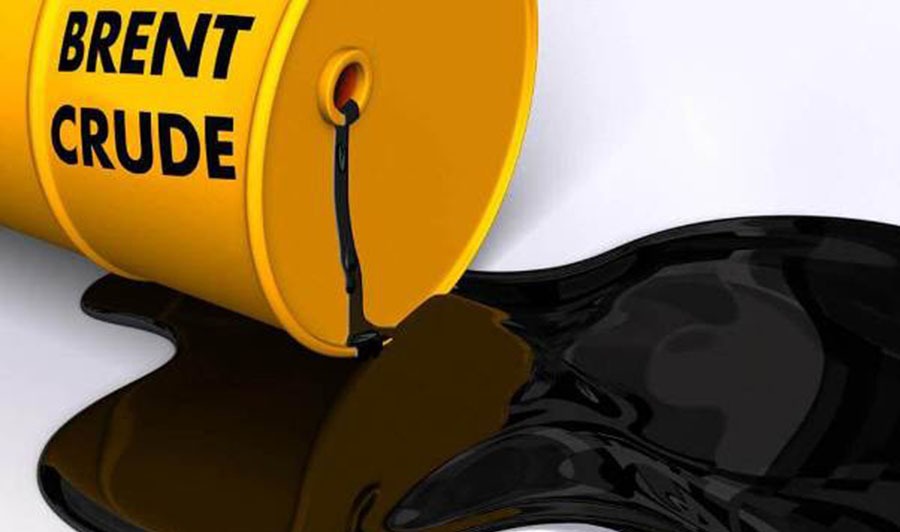Oil prices took a tumble on Tuesday as concerns mounted that fuel demand would take a hit due to major central banks standing firm on their decision to keep interest rates high, despite a backdrop of tightening oil supply.
Brent crude oil, against which Nigerian oil is priced, dipped by 87 cents to $92.42 a barrel at 07:30 a.m. Nigerian time while the U.S. West Texas Intermediate crude sheds 87 cents to $88.81.
The prevailing sentiment among analysts was that “Fears of an economic recession may again dominate the oil market’s movement due to surging U.S. bond yields following the Fed’s hawkish stance last week,” stated Tina Teng, a market analyst at CMC Markets in Auckland.
The world’s leading economic authorities, the U.S. Federal Reserve and the European Central Bank, have recently reaffirmed their commitment to combat inflation, signaling that tight monetary policy could persist longer than initially anticipated.
The higher interest rates associated with these policies typically stifle economic growth, in turn dampening oil demand.
Adding to the economic unease, rating agency Moody’s sounded the alarm on Monday, warning that a U.S. government shutdown would negatively impact the nation’s credit. This caution comes just a month after Fitch downgraded the U.S. by one notch amid concerns related to the debt ceiling crisis.
Furthermore, China’s ongoing property market troubles have cast a shadow on market sentiment. Tina Teng from CMC Markets noted that China Evergrande’s announcement of missing a bond coupon payment on Monday evening rekindled investor pessimism regarding the sector, which had long been a cornerstone of economic growth.
While supply constraints persist with Russia and Saudi Arabia extending production cuts until the end of the year, Moscow chose to ease its temporary ban on gasoline and diesel exports on Monday to stabilize its domestic market.
Looking ahead, China’s Golden Week holiday, beginning this Sunday, could provide some relief for oil prices. A potential surge in travel during the holiday period is expected to drive increased oil product demand from the world’s second-largest oil consumer.
Despite the turbulence, oil prices have surged by approximately 30% since mid-year primarily due to tightening supply conditions. This price increase, however, has come at a cost, with JP Morgan estimating that it has shaved off 0.5 percentage points from global GDP growth in the second half of the year.
Nevertheless, JP Morgan analysts reassure that this shock “is not large enough to threaten the expansion by itself.”
Baden Moore, Head of Carbon and Commodity Strategy at National Australia Bank, added his perspective, stating, “We forecast $94/bbl through the 4Q23 period, which is the maximum steepness of the curve we see before OPEC likely eases its supply constraints.”
As the oil market navigates these uncertain waters, the world watches closely, mindful of the intricate interplay between central bank policies, economic conditions, and supply dynamics that continue to shape the energy landscape.

 Forex3 weeks ago
Forex3 weeks ago
 Naira3 weeks ago
Naira3 weeks ago
 Billionaire Watch3 weeks ago
Billionaire Watch3 weeks ago



 Naira3 weeks ago
Naira3 weeks ago






 Naira2 weeks ago
Naira2 weeks ago




 Naira2 weeks ago
Naira2 weeks ago






 Naira1 week ago
Naira1 week ago




 Naira4 weeks ago
Naira4 weeks ago






















